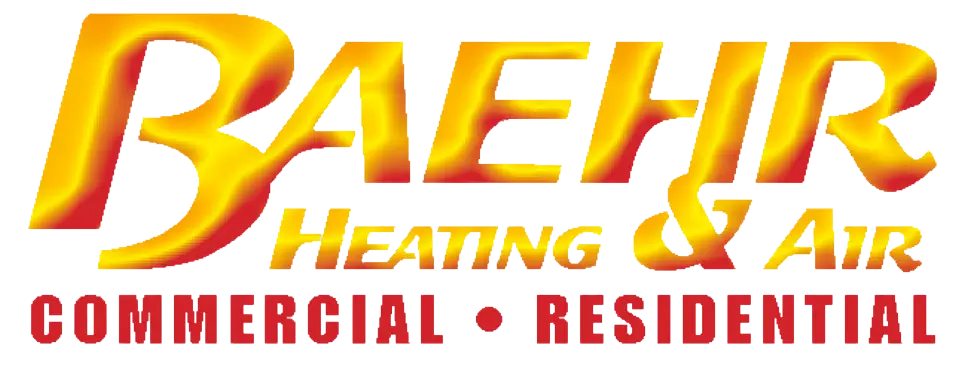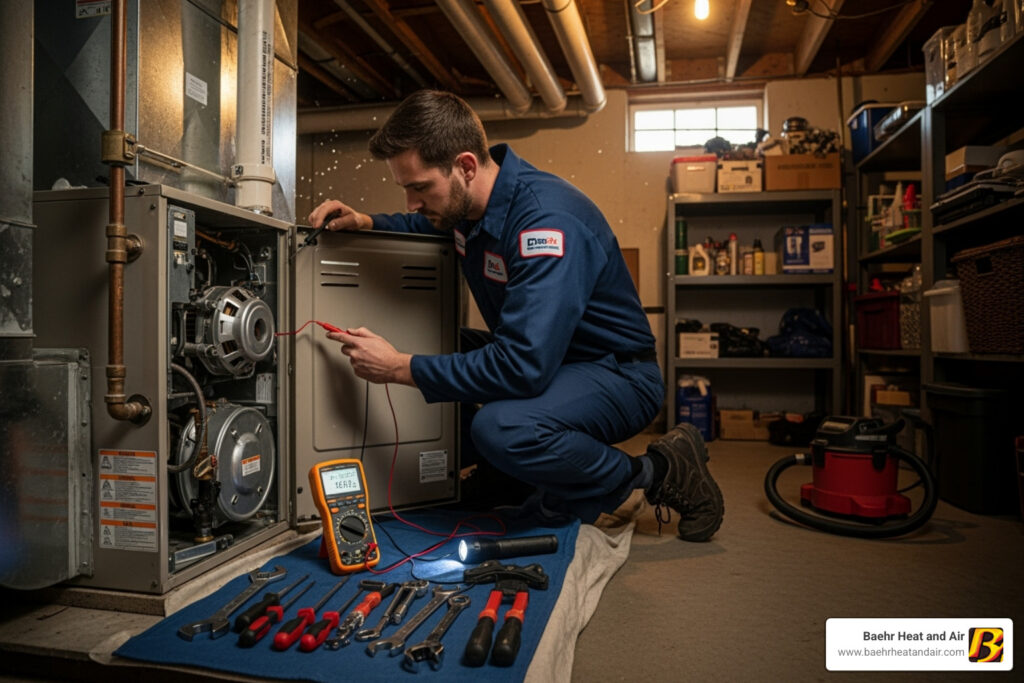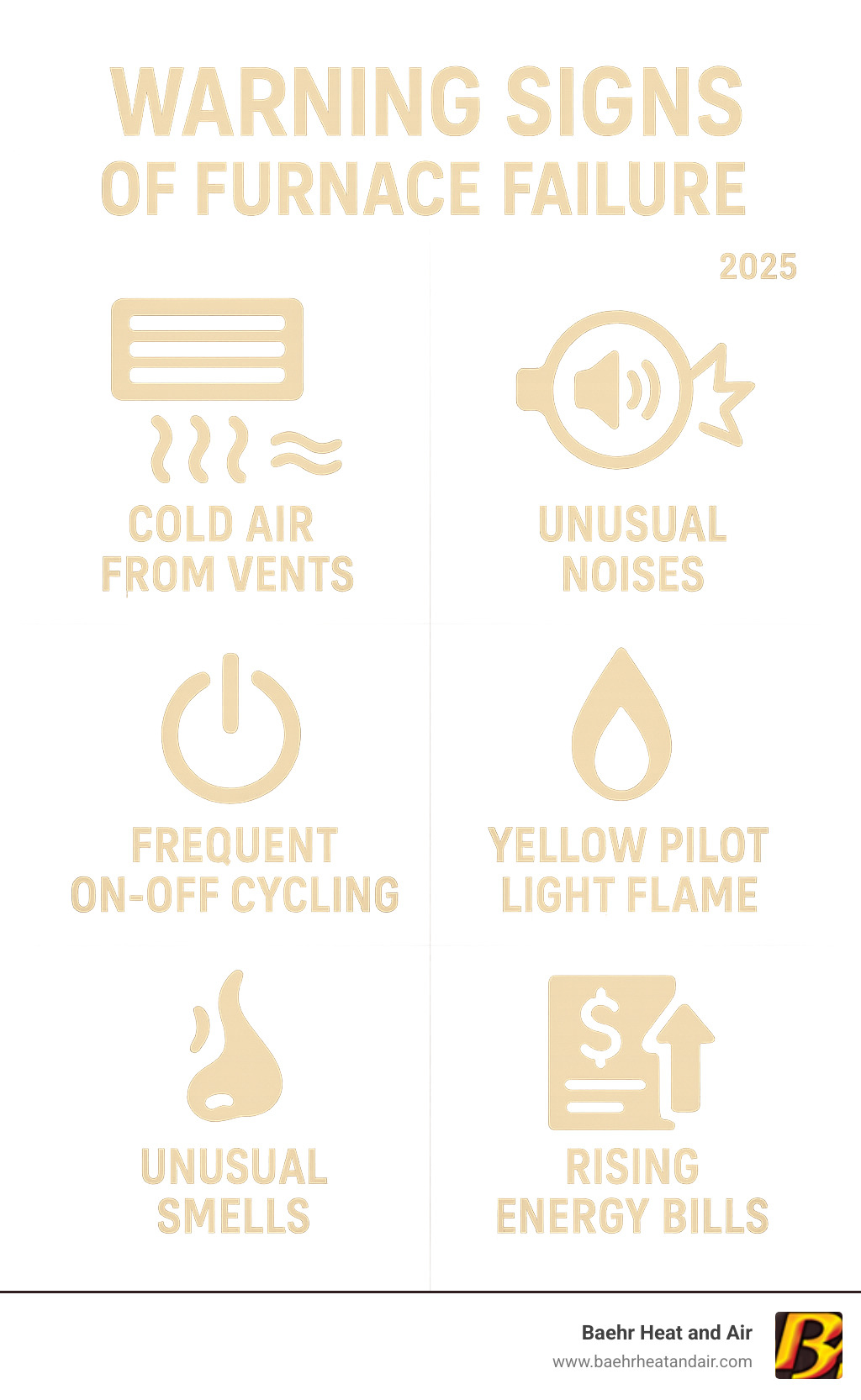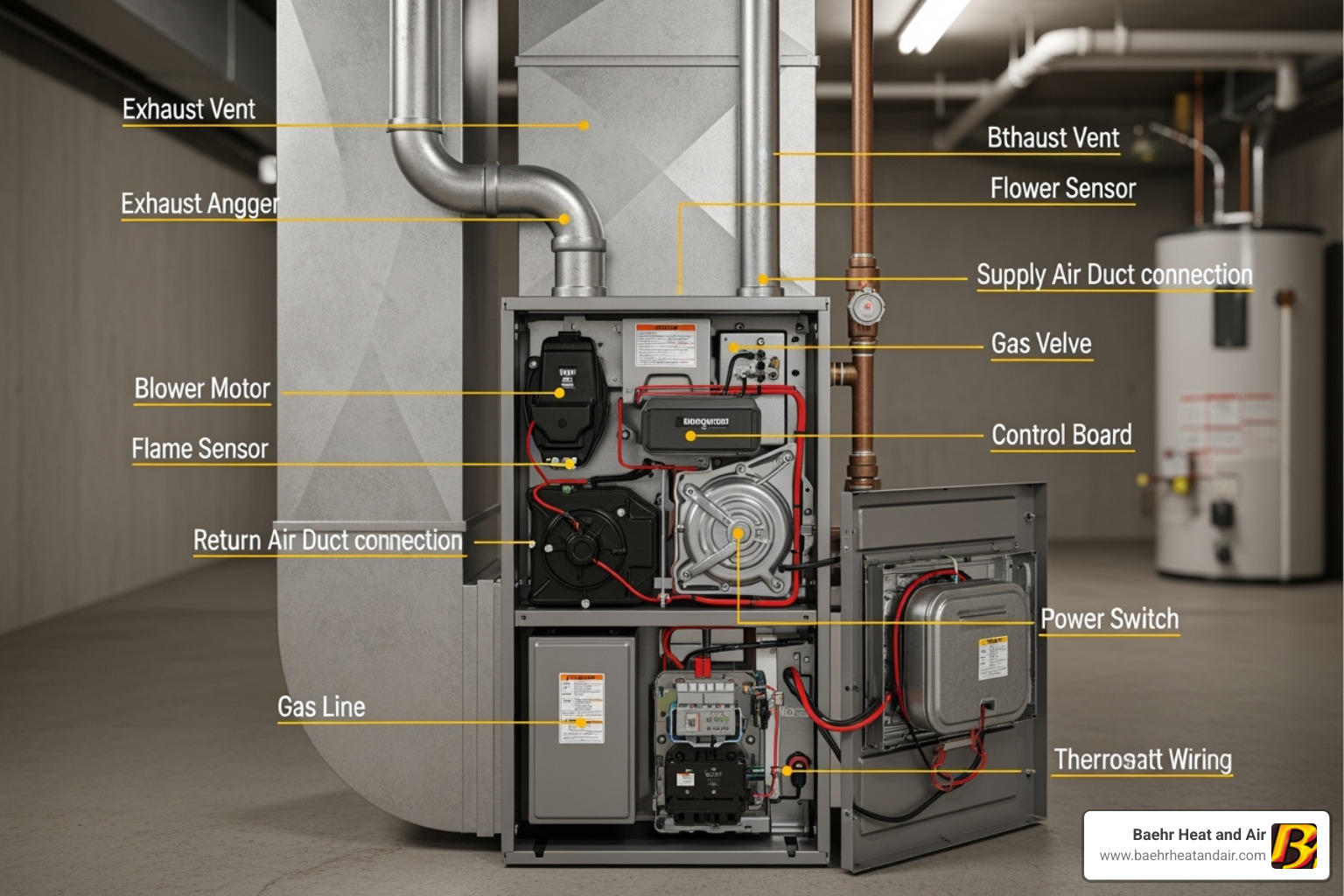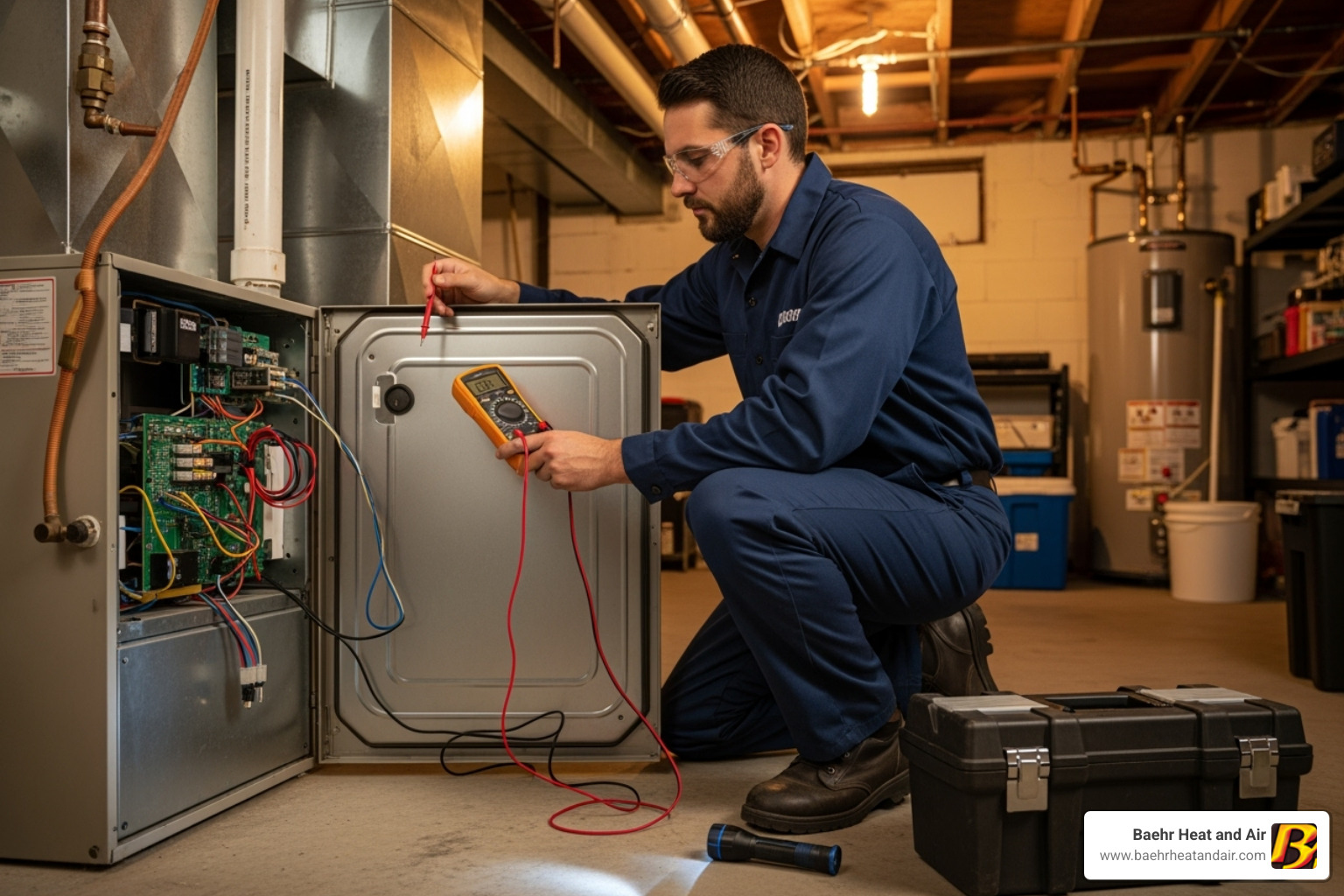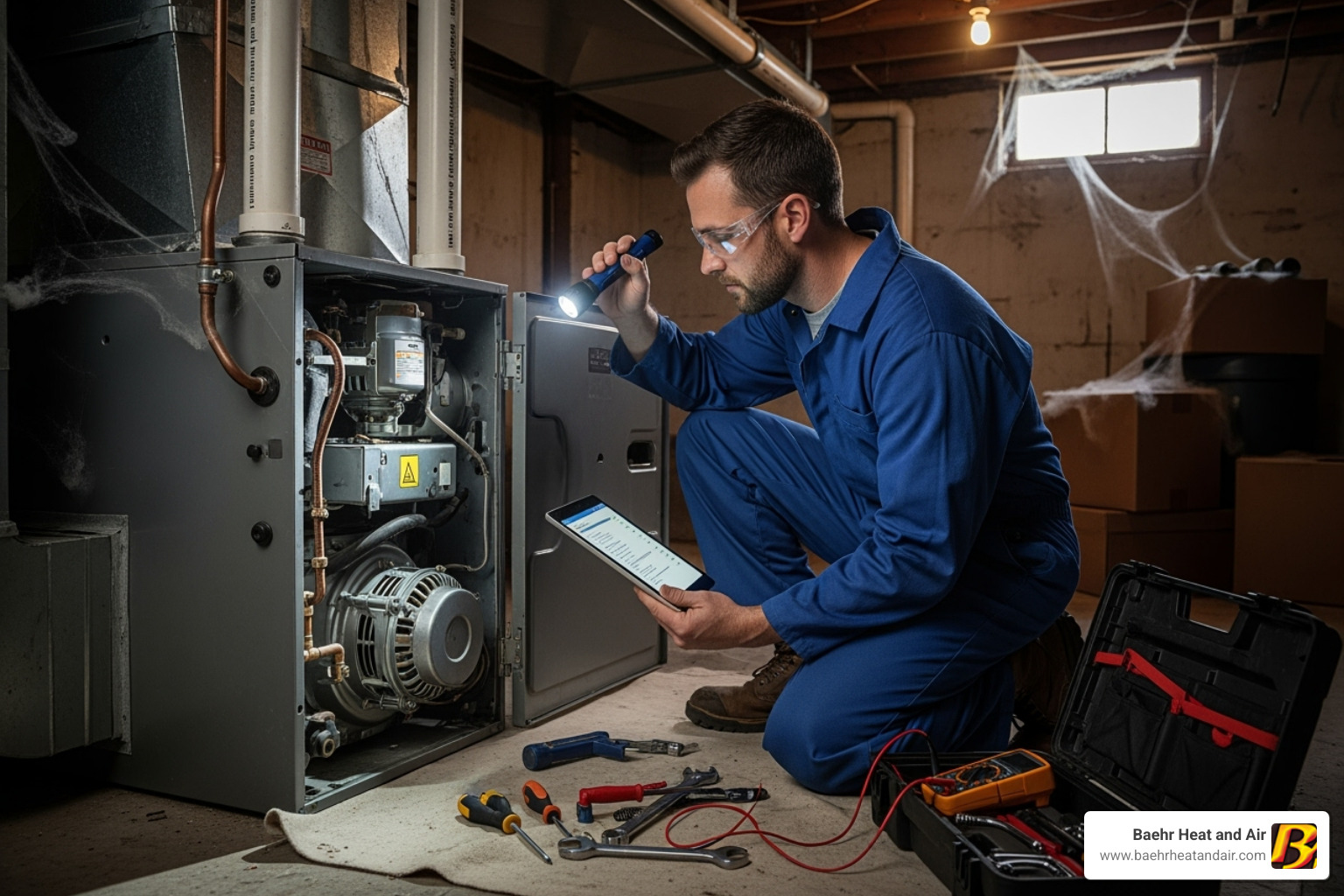Why Auburn Homeowners Need Reliable Furnace Repair Solutions
When you need furnace repair auburn on a chilly Northern California night, you want fast, reliable help. A broken heater is a major inconvenience, especially when Auburn’s winter temperatures drop.
Quick Answer for Auburn Furnace Repair:
- Emergency Services: Available 24/7 from local HVAC companies
- Common Issues: Cold air, strange noises, frequent cycling, pilot light problems
- DIY First Steps: Check thermostat, replace air filter, inspect breakers
- Professional Help: Call when you smell gas, hear loud banging, or repairs exceed your comfort level
- Average Response: Most Auburn companies offer same-day service
- Cost Factors: Type of repair, parts needed, emergency timing
As one Auburn HVAC professional puts it: “When your house is stuck without adequate heat, it can be so frustrating. It’s especially bad in frigid weather.” This frustration is exactly why knowing your options matters.
The good news is that many furnace problems start small. Spotting these early warning signs—and knowing when to DIY a fix versus calling a pro—can save you money and discomfort.
This guide covers everything Auburn homeowners need to know about furnace repair, from DIY fixes for common issues to choosing the right professional for the job.
Common Furnace Problems Auburn Homeowners Face
Even the most reliable furnaces develop quirks over time. Understanding what typically goes wrong can help you catch problems early and decide whether you need furnace repair auburn professionals or if it’s a simple DIY fix.
Common problems include strange noises, unusual smells (musty or burning), insufficient heat, and frequent cycling (turning on and off repeatedly). Older furnaces often have pilot light issues, while modern systems may have thermostat malfunctions. Many of these stem from simple neglect, like a dirty filter causing blocked airflow or a lack of regular maintenance.
A surprising number of furnaces in U.S. homes are over 20 years old. These older units lack modern energy-saving technology, potentially costing you more in energy usage and maintenance.
For more detailed information on what typically goes wrong with heating systems, check out our guide: More info about Common Heater Repair Issues
Why Your Furnace Blows Cold Air
It’s frustrating when your furnace runs but blows cold air. The fan is working, but the heat production has stopped. Here are the common culprits:
- Blocked Airflow: A severely clogged air filter can cause the furnace to overheat and shut down the heating element as a safety measure. The fan continues to run, circulating unheated air.
- Pilot Light Out: On older furnaces, if the pilot light goes out, there’s nothing to ignite the gas and create heat.
- Gas Supply Issues: This could be a closed gas valve, a problem with your meter, or a regional outage.
- Condensate Line Clogs: On high-efficiency furnaces, a blocked drainage line for condensation will trigger a safety switch that shuts down heat production to prevent water damage.
Decoding Strange Furnace Noises
If your furnace is making unusual sounds, it’s signaling a mechanical problem.
- Banging or Popping: Often caused by dirty burners leading to delayed ignition, where gas builds up before lighting. It can also come from ductwork expanding and contracting.
- Squealing: This typically points to a blower motor issue, such as bearings that need lubrication or a worn-out belt.
- Rattling or Vibrating: Suggests a loose panel, screws, or debris caught in the blower wheel.
- Clicking: While some clicking is normal during startup, persistent clicking without ignition often indicates a problem with the ignitor or gas valve.
Your DIY Furnace Troubleshooting Checklist
Before calling for furnace repair auburn, try these simple troubleshooting steps. Many furnace issues are easy to fix yourself, saving you time and money.
Safety First: Always turn off the power to your furnace at both the thermostat and the dedicated circuit breaker before attempting any internal inspection or cleaning.
You’ll generally need a screwdriver, a new air filter (correct size), and a flashlight.
For a deeper dive into basic furnace repairs, check out our comprehensive guide: More info about Furnace Repair 101
Step 1: Check Your Thermostat
Many furnace problems start at the thermostat, which controls your heating system.
- Check Settings: Ensure the thermostat is set to “Heat” and the temperature is set at least 5 degrees above the current room temperature.
- Check Batteries: A dim or blank display often means the batteries are dead. Replace them with a fresh set.
- Reboot Smart Thermostats: If you have a smart thermostat, a simple reboot can sometimes resolve connectivity or programming issues.
- Check Fan Setting: Make sure the fan is set to “Auto,” not “On.” If set to “On,” the fan will run constantly, circulating unheated air between heating cycles.
Step 2: Inspect the Air Filter
A clogged air filter is one of the most common causes of furnace problems, restricting airflow and forcing the system to work harder. This can lead to overheating, higher energy bills, and short cycling.
- Locate and Inspect: The filter is usually in the return air duct near the furnace unit. Hold it up to a light; if you can’t see through it, it’s time for a replacement.
- Replace Correctly: Note the filter size printed on the frame and use an identical replacement. Pay attention to the arrow indicating the correct airflow direction. Flat filters should be changed monthly, while pleated ones can last up to three months.
Step 3: Examine Breakers and Switches
A simple electrical issue can shut down your furnace. Check these power sources.
- Furnace Power Switch: Look for a switch on or near the furnace unit. It often looks like a light switch and can be accidentally turned off. Ensure it’s in the “On” position.
- Circuit Breaker: Find the breaker labeled “Furnace” or “HVAC” in your home’s electrical panel. If it’s tripped (in the middle or “Off” position), switch it fully to “Off” and then back to “On.”
- Important Warning: If the breaker trips again immediately, do not reset it again. This indicates a serious electrical problem that requires a professional.
Step 4: Check the Pilot Light or Ignition Sensor
How your furnace ignites depends on its age.
- Older Furnaces (Pilot Light): These have a small, continuous flame. If it’s out, your furnace won’t heat. Follow the manufacturer’s instructions on the furnace label to relight it. Safety Note: If you smell gas, wait at least five minutes for it to dissipate before attempting to relight the pilot. If it won’t stay lit, call a professional.
- Modern Furnaces (Ignition Sensor): These use an electronic flame sensor, a small metal rod that must “see” the flame to keep gas flowing. If it gets dirty, it can’t detect the flame and will shut the system down. To clean it, turn off all power to the furnace, then gently polish the rod with fine-grit sandpaper or steel wool.
When to Call a Professional for Furnace Repair in Auburn
While DIY troubleshooting is great, some issues require a professional. Certain problems are too complex or dangerous to handle without training and specialized tools.
Call a professional immediately if you suspect a gas leak (rotten egg smell), have electrical issues like a repeatedly tripping breaker, or if your carbon monoxide detector goes off. Also, call for help if you hear loud, persistent noises, suspect a major component failure (blower motor, heat exchanger), or if your furnace still won’t produce heat after running through the DIY checklist. Always trust your instincts; if a repair feels unsafe, it is.
For more detailed information about why professional expertise matters for complex furnace issues, check out: More info about why you should Call Our Professionals for Furnace Repair
Deciding Between Repair and Replacement for your furnace repair in Auburn
Deciding whether to repair or replace your furnace can be tough. Here are a few guidelines to help you make a smart financial decision.
- The 50% Rule: If a repair costs 50% or more than the price of a new furnace, replacement is usually the more economical choice.
- Age: Most furnaces last 15-20 years. If yours is approaching or has surpassed this age, replacement is often a wise investment, as older units are less efficient.
- Rising Energy Bills: A furnace that consumes more energy to produce the same amount of heat is losing efficiency and nearing the end of its life.
- Frequent Breakdowns: If you’re constantly calling for repairs, the cumulative cost and inconvenience may outweigh the price of a new, reliable system.
Modern furnaces offer significant improvements in energy savings and comfort.
For more insights on timing your furnace replacement decision, visit: More info about Time for Furnace Replacement
Factors Influencing Repair Costs
Several factors influence the cost of furnace repair auburn. Understanding them can help you manage expectations.
- Type of Repair: Simple fixes like cleaning a sensor are inexpensive, while replacing major components like a heat exchanger or blower motor costs significantly more.
- Replacement Parts: The price of parts varies widely. Generic components are often affordable, while brand-specific parts can be more expensive.
- Labor Rates: Costs reflect the skill and training of certified HVAC technicians who can diagnose and fix complex systems safely and correctly.
- System Accessibility: A furnace in a cramped attic or crawlspace takes longer to service, which can increase labor costs.
- Emergency Service: Expect to pay a premium for service outside of regular business hours, such as on nights, weekends, or holidays.
Proactive Care: The Key to Fewer Repairs
Like a car, your furnace needs regular maintenance to run reliably. Proactive care is the best way to avoid unexpected breakdowns and costly emergency furnace repair auburn. An annual tune-up is a health check-up for your heating system.
Regular maintenance leads to long-term savings, improved energy efficiency, greater system longevity, and more consistent home comfort. Most importantly, it provides peace of mind that your family won’t be left in the cold due to a preventable issue.
Understanding heating costs can help you see the real value in maintenance: U.S. Energy Information Administration data on heating costs
What a Professional Furnace Tune-Up Includes
A professional tune-up is a comprehensive inspection to ensure your furnace runs safely and efficiently. A NATE-certified technician will perform key tasks, including:
- Component Cleaning: Thoroughly cleaning burners, flame sensors, and other internal parts to ensure efficient and safe operation.
- Safety Control Testing: Checking all limits and controls that protect your home from potential hazards.
- Electrical Connection Tightening: Securing all connections to prevent shorts or system failures.
- Lubricating Moving Parts: Reducing friction and wear on motors and other components.
- Thermostat Calibration: Ensuring your thermostat is reading and controlling the temperature accurately.
- Gas Leak and Carbon Monoxide Checks: Performing essential safety tests to protect your family.
For more detailed information about what goes into professional furnace maintenance, check out: More info about Furnace Maintenance Grass Valley CA
How Often to Service Your Furnace
The golden rule is to schedule professional furnace maintenance annually, ideally in the fall. This pre-winter check-up addresses issues before you rely on your heat daily.
Consistent annual maintenance allows technicians to catch minor issues before they become major, expensive repairs. This ensures your furnace runs more efficiently and lasts longer. Furthermore, many manufacturer warranties require proof of annual professional maintenance to remain valid. Skipping a tune-up could void your warranty, leaving you to pay for a repair that should have been covered.
How to Choose a Reputable HVAC Company
With a broken furnace, choosing the right company for furnace repair auburn is crucial. A good choice means a quick, professional fix, while a bad one leads to more frustration. Look for these signs of a reputable HVAC company.
- Licensing and Insurance: A legitimate California HVAC company must be licensed and insured. This protects you in case anything goes wrong.
- Local Reviews: Check Google and Yelp to see how the company communicates with customers and handles problems. Consistent positive feedback is a good sign.
- Experience in Auburn: A local company understands regional weather challenges and can often respond faster. They are familiar with the types of furnaces common in Auburn homes.
- Upfront Pricing: A reputable company provides clear, written estimates before work begins, with no hidden fees or pressure tactics.
- 24/7 Availability: Furnaces break at all hours. Ensure the company offers true 24/7 emergency service for when you need it most.
At Baehr Heat and Air, we deliver a clear customer experience with state-of-the-art solutions, focusing on quality, trust, and lasting home comfort.
What to Expect from an Emergency furnace repair in Auburn
Furnaces can fail at the worst times. Knowing what to expect from an emergency furnace repair auburn service helps you manage the situation.
- True 24/7 Availability: This means a technician is ready to respond around the clock, not just an answering service.
- Response Times: Quality companies prioritize emergencies and aim for same-day service. They should provide a realistic timeframe for their arrival.
- Higher Emergency Costs: Expect to pay a premium for after-hours, weekend, or holiday service. A trustworthy company will still provide upfront pricing for emergency work.
- What is an Emergency?: A complete loss of heat in cold weather, a suspected gas leak, or a carbon monoxide alarm are all emergencies. If your home is unsafe or unlivable, it’s an emergency.
- Preventing Further Damage: In Auburn’s winters, a no-heat situation can lead to frozen pipes. A quick professional response can prevent this costly secondary damage.
Conclusion
Navigating furnace repair auburn doesn’t have to be stressful. Understanding your heating system and knowing how to respond puts you in control.
Simple DIY steps like checking the thermostat or changing the filter can often solve the problem. However, it’s crucial to know when to call a professional for issues like gas leaks, electrical faults, or major component failures. Your safety is the top priority.
The best way to prevent breakdowns is with regular annual maintenance, which improves efficiency, extends your system’s life, and maintains your warranty. When you do need a pro, choose a licensed, experienced company with transparent pricing and positive local reviews.
At Baehr Heat and Air, we understand that a broken furnace disrupts your family’s comfort. Our goal is to deliver an outstanding, clear customer experience with state-of-the-art solutions that focus on quality, trust, and saving you money for lasting home comfort.
Don’t wait until your furnace leaves you shivering. Whether you need emergency repairs, routine maintenance, or advice on replacement options, we’re here to help Auburn families stay warm.

